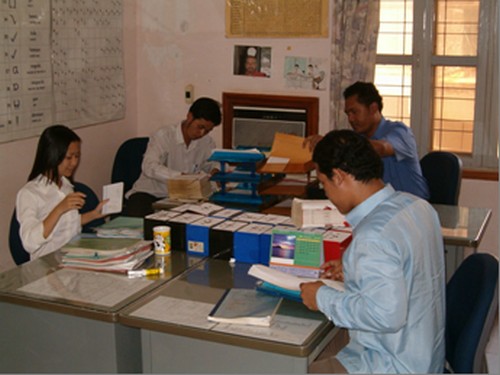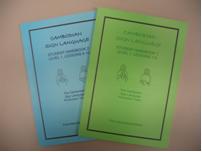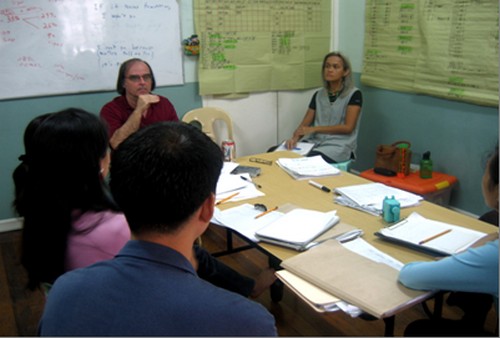Phase I: Practical Dictionaries of Asia-Pacific Sign Languages (2003-2007)
Background
When the project ‘Practical Dictionaries of Asia-Pacific Sign Languages’ was set up at the Chinese University of Hong Kong in 2001, it was perceived to be the first phase of a long-term multi-country and multi-phase project. The first phase of the project involved four sites in Asia, namely, Vietnam, Cambodia, Philippines, and Hong Kong. It focused on providing linguistics and sign language teaching training to deaf adults of these fours countries so that they could produce high-quality, low-cost sign language dictionaries as well as sign language teaching materials that can be of practical value in facilitating teaching and learning of the individual local sign language to the general public as well as nurturing sign-spoken language interpreters. In addition they contribute a lot in preserving sign languages indigenous to the Asia-Pacific Region, which bears utmost importance to the development of sign linguistics research at the region. Therefore, the establishment of The Asian SignBank (http://www.cslds.org/asiansignbank) is indispensable to the entire Research and Training Program.
The project was centrally administered through a special donation fund account at the Chinese University of Hong Kong. Apart from its original interest in the proposal, CUHK was chosen because of its previous research and teaching in Sign Language Linguistics, and because of its increasing commitment to research and teaching related to Sign Language Linguistics and to Deaf Studies.
Training
During the first phase of the APSL Research and Training Program, research and training activities were conducted individually on the following four sites:
Vietnam
There are at least 3 major sign languages in Viet Nam: Ho Chi Minh City Sign Language (HCMCSL), Ha Noi Sign Language (HNSL), and Hai Phong Sign Language (HPSL), which share from 54% to 58% of their basic vocabulary. The project focused on HCMCSL, the Vietnamese sign language with the largest number of users.
Eight deaf adults were recruited to participate in the sign linguistic training and the production of sign language dictionaries and teaching materials.
Altogether twelve courses were offered by Prof. James Woodward and Prof. Mike Kemp. The courses included:
- Formational Structure of VNSLs
- Grammatical Structure of VNSLs
- Lexical Structure of VNSLs
- Sociolinguistics
- Sign Language Lexicography
- Lexicographical Study of VNSLs
- Applied Sign Language Linguistics
- Lexicographical Study of VNSLs
- Applied Sign Language Linguistics
- Communication in Gestures
- Methodology of Teaching VNSLs Level 1
- Instructional Design in Teaching VNSLs Level 1
- Materials Development for Teaching VNSLs Level 1
- Practicum in Teaching VNSLs Level 1
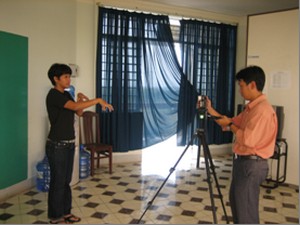
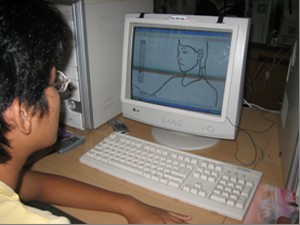
Upon receiving training on sign linguistics, the deaf stduents were responsible for compiling the dictionary and teaching materials.
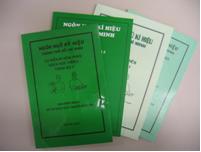
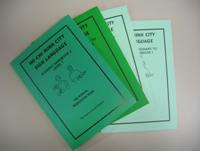
Hong Kong
Four fluent signers of Hong Kong Sign Language were selected to participate in the research training conducted at the Centre of Sign Linguistics and Deaf Studies (CSLDS), CUHK. Two diploma programmes were jointly offered by CSLDS and the School of Professional and Continuing Studies, CUHK. The two diplomas and the courses covered were as follows:
Diploma Porgramme in Linguistics of Hong Kong Sign Language (2003-2004)
- Introduction to the Formational Structure of Hong Kong Sign Language Introduction to Sign Language Studies
- Introduction to the Lexical Structure of Hong Kong Sign Language Introduction to the Grammatical Structure of Hong Kong Sign Language
- Deaf Cultures and Histories
Diploma Programme in Teaching of Hong Kong Sign Language (2004-2005)
- Communication in gesture
- Sign Language acquisition
- Teaching methodology
- Instructional designs and materials development
- Practicum in teaching Hong Kong Sign Language
These courses were mainly taught by Prof. James Woodward, Prof. Gladys Tang and several other sign linguistics postgraduate students at CSLDS. All the courses were conducted in Hong Kong Sign Language.
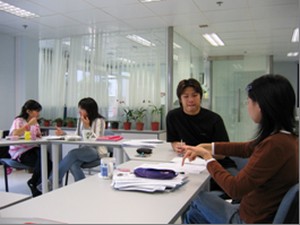
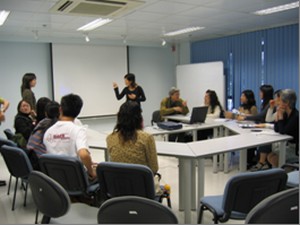
The four deaf trainees and the hearing researchers worked together to produce multi-media learning materials on HKSL.
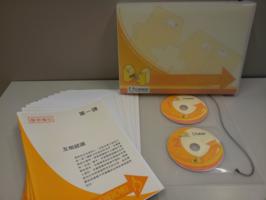
Philippines
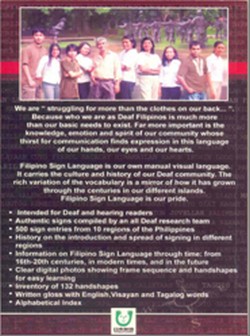
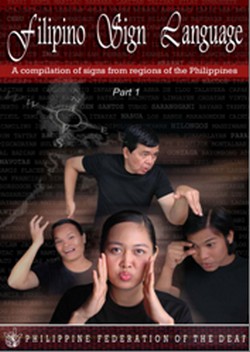
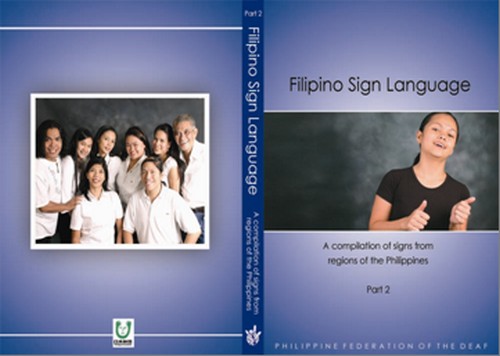
The following courses on sign linguistics were offered by Prof. James Woodward, Dr. Yutaka Osugi and Dr. Liza Martinez in Philippines:
- Introduction to Formational Structure
- Grammatical Structure
- Sociolinguistics
- Formational Structure of Sign Languages (Advanced Topics)
- Grammatical Structure of Sign Languages (Advanced Topics)
- Lexicography
Cambodia
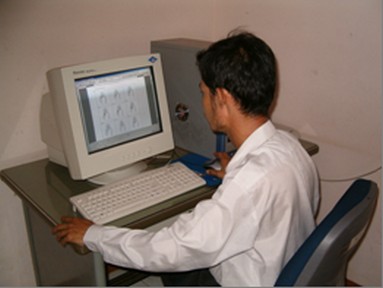
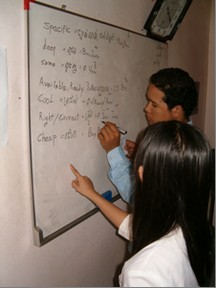
Four fluent deaf signers of Cambodian Sign Language were recruited in the project. The training in Cambodia was mainly conducted by Prof. James Woodward and Mr. Daisuke Sasaki. The students were taught how to analyze and transcribe individual signs. They were also given training on how to use cameras and computer software to produce photos and line drawings for the sign language dictionary.
